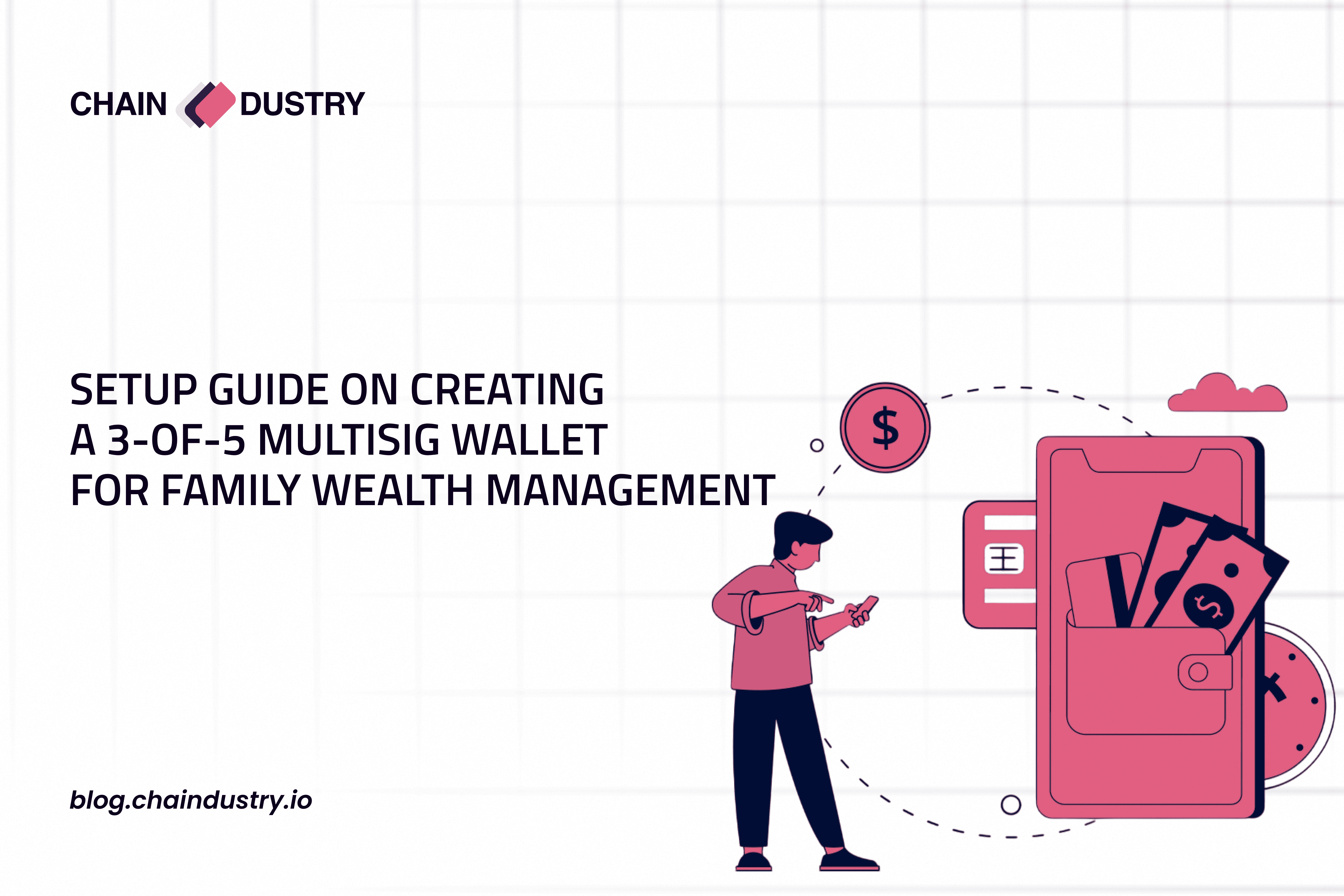Introduction
Venture capital once ruled the startup world. If you wanted to scale, you needed to pitch, network, and give away equity for a chance at funding. But Web3 flipped that playbook. Today, decentralized startups are raising capital directly from their communities with no VCs required.
From token launches to community crowdfunding and decentralized launchpads, founders are proving that Web3 isn’t just changing how businesses operate, it’s changing how they’re funded. This shift represents the rise of community-owned capital, where early believers, not institutions, hold the power.
The Web3 Fundraising transformation
Traditional fundraising often creates an imbalance: founders give up control, and investors call the shots. Web3 introduces a new model based on tokenized ownership, transparency, and collective growth.
Here’s how it works: instead of issuing shares, projects issue tokens that are digital assets representing value, access, or voting rights. Investors, users, and community members can buy in early and help shape the project’s direction.
In short, Web3 fundraising isn’t about gatekeepers, it’s about participants.

Key Fundraising Models in Web3
Let’s break down the most popular community-first funding mechanisms that are reshaping startup finance in 2025:
1. Token Sales (ICOs, IDOs, and INOs): Projects can sell tokens directly to their community through Initial Coin Offerings (ICOs), Initial DEX Offerings (IDOs), or Initial NFT Offerings (INOs). Each model allows early supporters to get in on the ground floor, often before a public exchange listing.
2. DAOs and Community Treasuries: Instead of a board of directors, Web3 startups can raise and manage funds through DAOs. These decentralized treasuries are governed by token holders, ensuring transparency and collective decision-making.
3. NFT Crowdfunding: Startups now use NFTs as access passes or membership tiers to raise funds. Think of it as Kickstarter 2.0—where every backer owns a digital asset that can gain value over time.
4. Airdrops and Community Incentives: Some projects bootstrap attention and funding by rewarding early users with tokens, creating instant network effects and loyalty.
Each of these models aligns incentives between builders and backers which something traditional venture capital rarely achieves.
Why Founders Are Walking Away from VCs
1. Autonomy and Control: Founders keep creative and strategic freedom.
2. Fair Distribution: Tokens ensure the community, not just insiders, profit from growth.
3. Faster Access to Capital: No endless pitching or gatekeeping, just product, tokenomics, and traction.
4. Global Reach: Anyone with an internet connection can invest, not just accredited investors.
Still, this freedom comes with responsibility. Tokenized projects face strict scrutiny from regulators, and mismanagement of token economies can quickly erode trust. Transparency and accountability are non-negotiable.
Real-World Examples
Arbitrum raised significant capital through community-driven governance, proving that decentralized funding can rival VC rounds.
Gitcoin continues to fund open-source development through quadratic funding, where community members decide which projects deserve the most support.
Friends With Benefits (FWB) grew from a token-based social club to a global community, all without VC backing.
These projects show that community-driven capital isn’t just possible, it’s profitable.
The Future of Startup Funding
As regulations mature and token models stabilize, community-driven fundraising could become the new default. Instead of a few investors dictating direction, thousands of supporters will co-own and co-create the future of innovation.
For founders, this means one thing: build for your community, not for your cap table.
Conclusion
The Web3 ecosystem is rewriting the rules of startup finance. Founders no longer need to beg for validation from venture capitalists they can raise funds directly from the people who believe in their mission.
In the next decade, we’ll look back on this shift as the moment when capital became decentralized and communities became the new investors.
